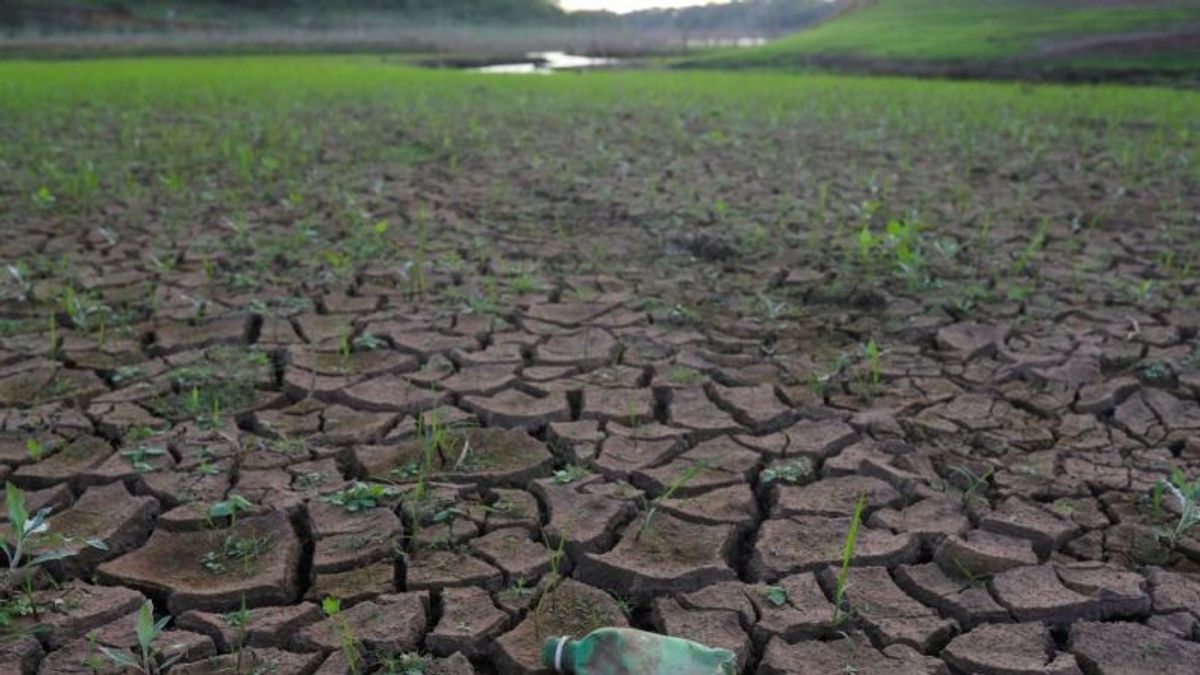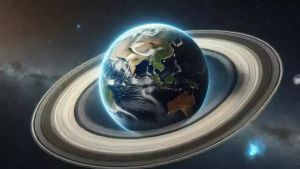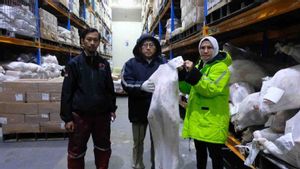JAKARTA - Time and again at the UN climate conference (COP26) in Glasgow, Scotland, world leaders have stressed the need to limit global warming to 1.5 degrees Celsius.
In the 2015 Paris Agreement, countries committed to limiting the average global temperature rise to well below 2 degrees Celsius (2C) above pre-industrial levels, and a target of 1.5 degrees (1.5C).
Scientists have said that crossing the 1.5C limit risks unleashing the effects of climate change on people, nature and ecosystems.
Preventing that from happening would require nearly half the carbon (CO2) emissions from 2010 levels and cutting them to net zero by 2050 -- an ambitious task that scientists, donors, negotiators and activists debated at COP26 about how to achieve it and finance it.
But what is the difference between 1.5C and 2C in the context of global warming? This is the explanation of a number of scientists, published by Antara, Sunday, November 7th.
Our Position Now
The Earth has already warmed about 1.1 degrees Celsius above pre-industrial levels. The last four decades we have experienced warmer temperatures than any decade since 1850, the period at the end of the first Industrial Revolution (1750-1850).
"We don't experience global warming like this in just a few decades," said climate researcher Daniela Jacob at the German Center for Climate Service.
"Half a degree of temperature rise brings more extreme weather, and it can be more frequent, more intense, or of longer duration."
This year alone, heavy rains inundated China and Western Europe and killed hundreds. Hundreds more died as temperatures in the Pacific Northwest hit record highs.
This year also the ice in Greenland melted massively, forest fires engulfed the Mediterranean and Siberia, and the worst drought hit several regions in Brazil.
"Climate change is already affecting every human-inhabited region across the globe," said climate scientist Rachel Warren at the University of East Anglia.
Heat, Rain and Drought
An increase in temperature of up to 1.5C and beyond will exacerbate the impact on humans.
"For every increase in global warming, the extreme changes will get bigger," said climate expert Sonia Seneviratne at ETH Zurich.
For example, heat waves will be more frequent and more severe.
Temperature extremes, which occur once per decade in a climate without human intervention, would occur 4.1 times per decade at 1.5C global warming and 5.6 times at 2C, according to the United Nations climate science panel (IPCC).
If warming reached 4C, temperature extremes would occur 9.4 times per decade.
A warmer atmosphere can also hold more moisture, causing extreme rain that increases the risk of flooding.
This phenomenon also increases evaporation leading to more intense drought.
Ice, Sea and Rock
The difference between 1.5C and 2C is very important for the oceans and frozen regions of the earth.
"At 1.5C, there is a good chance for us to prevent the collapse of most of the ice sheets in Greenland and west Antarctica," said climate expert Michael Mann at the State University of Pennsylvania.
That would help limit sea level rise to a few feet by the end of the century, though it would still be a major shift that would erode coastlines, as well as small island nations and coastal cities.
But if the temperature rise exceeds 2C, the ice sheet will collapse and sea levels will rise up to 10 meters although it's not clear how quickly that will happen, Mann said.
1.5C warming will destroy at least 70 percent of the coral, but at 2C, 99 percent of the coral will be lost.
This condition will destroy fish habitat and people who depend on coral as a source of food and livelihood.
Food, Forest and Disease
2C warming will also increase the impact on food production.
"If crop failure occurs simultaneously in a number of food-producing regions of the world, then you will see a spike in food prices and famine everywhere," said climate scientist Simon Lewis at University College London.
A warmer world will become a breeding ground for mosquitoes that carry various diseases such as malaria and dengue fever in the wider area.
However, 2C warming will make most insects and animals lose their habitat and increase the risk of forest fires that threaten the survival of nature.
"Critical Point"
As temperatures get warmer, the Earth is more at risk of reaching a "tipping point," where the planetary system breaches a boundary triggering an irreversible cascade of effects. When that point is reached is uncertain.
Droughts, reduced rainfall, and continued destruction of the Amazon through deforestation, for example, will undermine the rainforest system. These conditions will release carbon into the atmosphere rather than storing it.
Heating permafrost in the Arctic could cause long-frozen biomass to decompose, releasing enormous carbon emissions.
"That's why sticking with fossil fuels is so risky… because we increase our chances of reaching one of those tipping points," Lewis said.
Beyond 2C Batas
So far, climate commitments submitted by countries to the United Nations put the earth on a global warming path of 2.7 degrees Celsius (2.7C).
The International Energy Agency said on Thursday that new promises announced at COP26, if realized, would keep global warming below 1.8C, although some experts cast doubt on that figure.
It remains to be seen whether these promises will translate into concrete action.
A warming of 2.7C will bring "unlivable temperatures" for some times of the year in the tropics and subtropics.
Biodiversity will be drastically reduced, food security will plummet, and extreme weather will exceed the infrastructure capacity of most cities to cope, scientists say.
"If we're able to keep warming below 2C we may still have the adaptability as a civilization, but at 2.7C we're going to be in big trouble," Mann said.
The English, Chinese, Japanese, Arabic, and French versions are automatically generated by the AI. So there may still be inaccuracies in translating, please always see Indonesian as our main language. (system supported by DigitalSiber.id)













